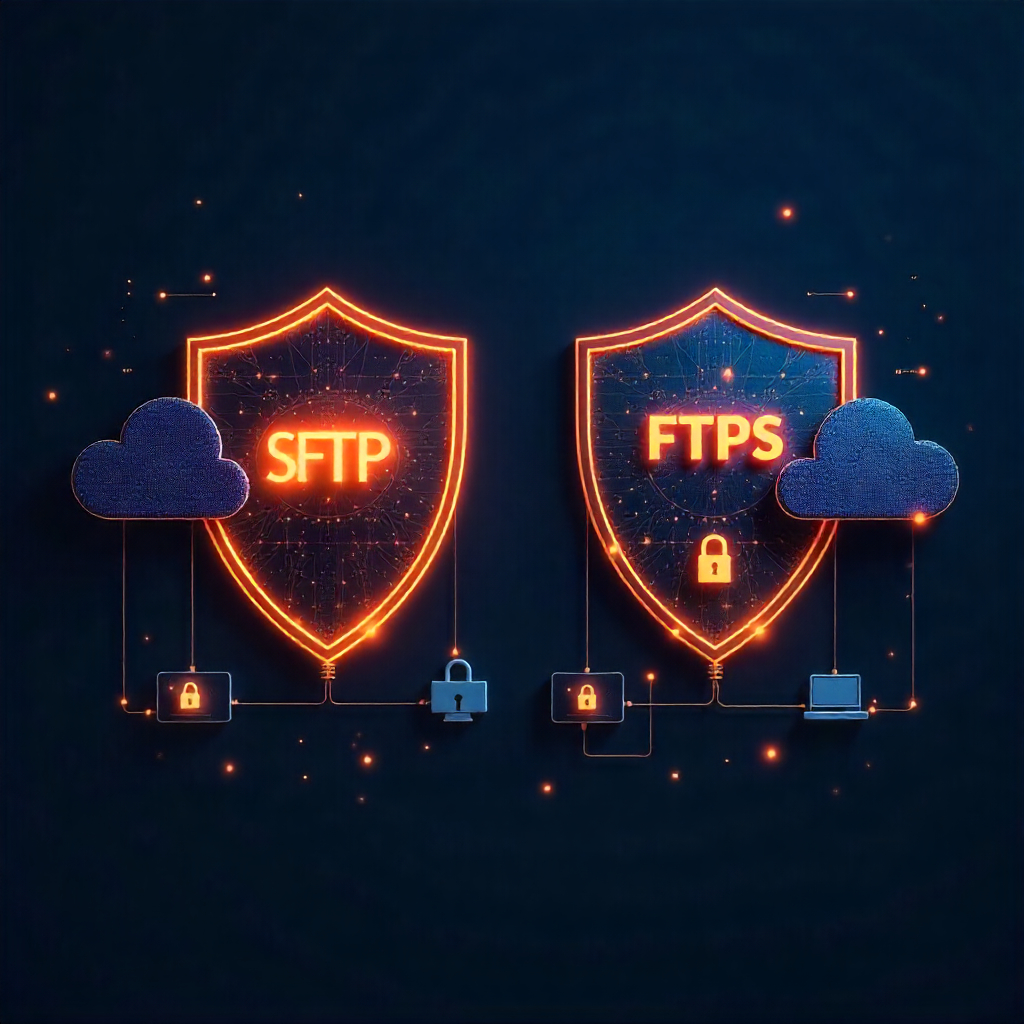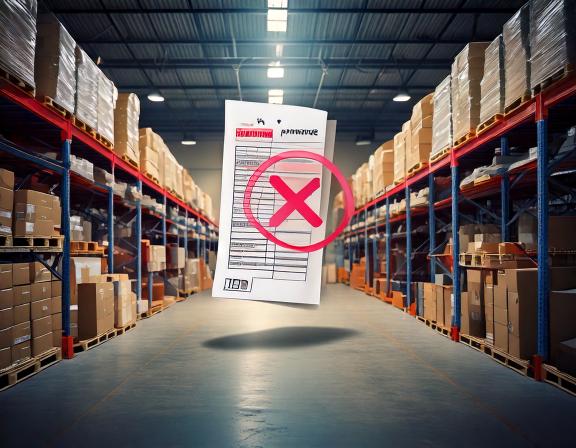MFT Gateway is a hosted Software as a Service (SaaS) solution that enables file exchange over the AS2 or SFTP protocol, without the need to install or maintain.
- Blog
- How to Handle Very Large Files in AS2 Transmissions
AS2
How to Handle Very Large Files in AS2 Transmissions
Learn to manage very large files in AS2 transmissions, including file size definitions, AS2 capabilities, configuration considerations, and more. Read our blog.

Hirudinee Liyanage
Published: 14 Oct 2024

What is considered a large file?
Over the past few decades, the interpretation of a large file has drastically changed. Technology has evolved from handling a few kilobytes to managing tens of thousands of terabytes daily over the internet. The definition of a large file varies from system to system. While some systems can only handle megabyte-sized files, others are equipped to work with files as large as several terabytes. For instance, Gmail has a file size limit of 25 megabytes, but a system collecting images from the Hubble or JWST needs to manage files in the terabyte or even petabyte range.
Large Files in AS2 Systems
Most AS2 systems are capable of handling file sizes in the 1-2 GB range by default. However, with proper configuration and system tuning, AS2 systems can manage very large files, exceeding 100 GB.
What to Consider When Handling Very Large Files in AS2 Software
1. Configurations of the AS2 Software
Like any other software, the file sizes an AS2 system can handle highly depend on the software configurations, such as memory limitations, resource constraints, and timeout settings. Even with adequate resources, how the system is developed to handle large files plays a role in how well the AS2 software behaves when signing or encrypting large files.
2. System-Specific Limits
When working with very large files, the system running the AS2 software must be capable of handling the large files. There should be sufficient disk space, RAM, and temporary space to handle signing and encryption if needed.
3. Network Limitations
The AS2 protocol transfers files over HTTP/S. While there are no strict limitations on the file size that can be transferred over HTTP, several factors determine the maximum file size in practice:
- Web Server and Client Limitations: Many web servers impose file upload and download size limitations. It’s important to test and tune these sizes when transferring files over AS2.
- Network Bandwidth: This also plays an important role in transmitting large files over the internet. Unreliable networks with high latency can result in transmission failures or corrupted files.
- Proxies and Intermediaries: Client-side or server-side proxies, load balancers, or firewalls can impose their own limitations on file sizes that can pass through them.
Handling Large Files in AS2
1. Compression
AS2 systems like AS2 Gateway or MFT Gateway allow users to compress payloads before transmitting them to other systems, significantly reducing the file size. This is especially useful for text-heavy files like XML or EDI. In some cases, compression can reduce the file size by 50% or more, using less network bandwidth and enabling faster transmissions.
The receiving system must be capable of decompressing the original file to complete a successful transmission. Nearly all modern AS2 systems support compression and decompression of data. This feature is invaluable, allowing AS2 users to send larger files without requiring more memory or network bandwidth.
2. Payload Chunking
Since the AS2 protocol transfers files over HTTP, payload chunking can be used to improve memory and network efficiency when transferring large amounts of data. This refers to breaking large payloads into smaller, manageable parts (chunks) for network transmission.
Many AS2 systems leverage HTTP chunked transfer encoding to implement this feature. Here’s how chunked transfer works in HTTP, which underlies AS2 communication:
- Chunked Transfer Encoding: HTTP/1.1 supports chunked transfer encoding, where the server sends data in chunks without knowing the total size in advance. This method helps ensure that large files are sent efficiently over the network without requiring full pre-buffering of the data.
3. AS2 Restart
AS2 Restart is a feature introduced to the AS2 protocol that allows resuming a transmission from where it left off in the event of a failure, without restarting from the beginning.
When dealing with large file transmissions, there’s always a possibility of network-level failures due to timeouts, unstable networks, or insufficient bandwidth. If the AS2 system has already transferred half of the payload, restarting from the beginning is inefficient. AS2 Restart allows the transfer to continue from the point of failure, improving efficiency. You can read more about AS2 Restart here: AS2 Restart.
Final Thoughts
AS2 systems face a unique set of challenges when dealing with very large files, but modern AS2 systems are designed to conquer them in their own ways. If you are looking for an AS2 system primarily to transfer files larger than 10 GB, it is important to ensure that the system you select is capable of handling large files and can recover quickly in case of failures. If you have more questions, please reach out to our team to learn more about the very large file transmission capabilities of the AS2 Gateway and MFT Gateway.

Talk to an EDI Expert
Join hundreds of organizations already taking full control of their B2B AS2 communications with our trusted solutions. Contact us today to tailor a solution that fits your specific AS2 EDI needs.
Related Articles
View All BlogsExplore our product stack
Try before you buy with a 30-day Free Trial
No commitment, all value. Try the AS2 Solution Risk-Free and discover how our solutions can transform your business workflows. No credit card required.
Explore Your Possibilities
Elevate AS2 Communications with our EDI and AS2 Solutions
See how our AS2 and EDI solutions can simplify your integrations, boost efficiency, and keep you compliant—request a personalized demo today.















































































































































































































